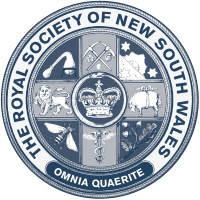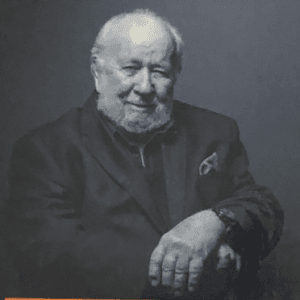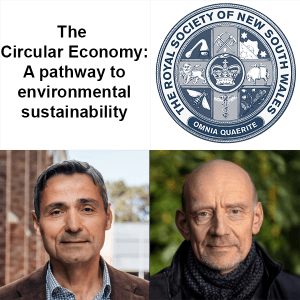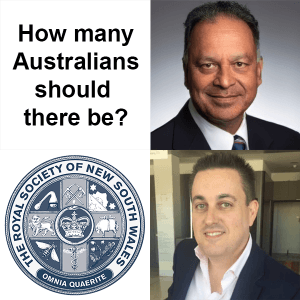“Global evolution of ocean basins”
A/Professor Dietmar Müller
Geosciences, University of Sydney
Wednesday 7 June 2006, 6.30 for 7 pm
Conference Room 1, Darlington Centre, City Road
ABSTRACT
The large-scale patterns of mantle convection are mainly dependent on the history of subduction. Hence some of the primary constraints on subduction models are given by the location of subduction zones through time, and of the convergence vectors and age of subducted lithosphere. This requires the complete reconstruction of ocean floor through time, including the main ocean basins, back-arc basins, and now subducted ocean crust, and tying these kinematic models to geodynamic simulations. We reconstruct paleo-oceans by creating “synthetic plates”, the locations and geometry of which is established on the basis of preserved ocean crust (magnetic lineations and fracture zones), geological data, paleogeography, and the rules of plate tectonics. We have created a set of global oceanic paleo-isochrons and paleo-oceanic age grids, providing the first complete global set of paleo-basement depth maps, including now subducted ocean floor, for the last 130 million years based on a depth-age relationship. We show that the mid-Cretaceous sea-level high-stand was primarily caused by two main factors: (1) the “super-continent break-up effect”, which resulted in the creation of the mid-Atlantic and Indian Ocean ridges at the expense of subducting old ocean floor in the Tethys and (2) by a changing age-area distribution of Pacific ocean floor, resulting from the subduction of the Pacific-Izanagi, Pacific-Phoenix and Pacific-Farallon ridges. These grids provide model constraints for subduction dynamics and represent a framework for back tracking biogeographic and sediment data from ocean drilling and for constraining the opening/closing of oceanic gateways for paleooceanographic models.
BIOGRAPHICAL NOTES
Dietmar Müller graduated from the University of Kiel in 1986. His PhD, in 1993, is from the Scripps Institution of Oceanography. His work is focussed on global and regional Earth system problems by linking onshore and offshore observations based on geophysical/geological data and kinematic/dynamic process modelling, exploring the possibilities of the emerging area of e-geoscience. He was elected a Fellow of the American Geophysical Union in 2006.
Report on the General Monthly Meeting by Jak Kelly
No brief review such as this can do justice to Professor Müller’s impressive computer simulations of the movement of the continents and particularly the changes in the floor of the oceans over the last 130 million years. Accustomed as we are to computer animation, the fact that the motions of the Earth’s crust depicted here are based on the best current geological information puts them in another league. We see India racing north [geologically speaking] pushed from behind and dragged by subduction forced to eventually pile up the Himalayas with attendant ocean floor developments. The forces are such that, in spite of these massive mountains, India is still moving north. Australia, moving north at about the rate that fingernails grow, has lagged behind. It will be some time before we crash into Asia and start our own serious mountain building. Most of us knew about this in general but what was new was the detailed information on what has happened over time to our oceans, which have been almost completely reconstructed. Using the rules of plate tectonics and geological data from preserved ocean crust, the paleo-oceans were constructed and their development over time followed. In the Tethys, old ocean floor has been subducted to form the mid-Atlantic and the Indian Ocean ridges. In the Pacific, the Pacific-Izanagi, Pacific-Phoenix and Pacific-Farallon ridges have been subducted to produce the present ocean floor. The impressive computer simulations which encapsulate all this information convey the changes more memorably than could have been achieved by any other method.






